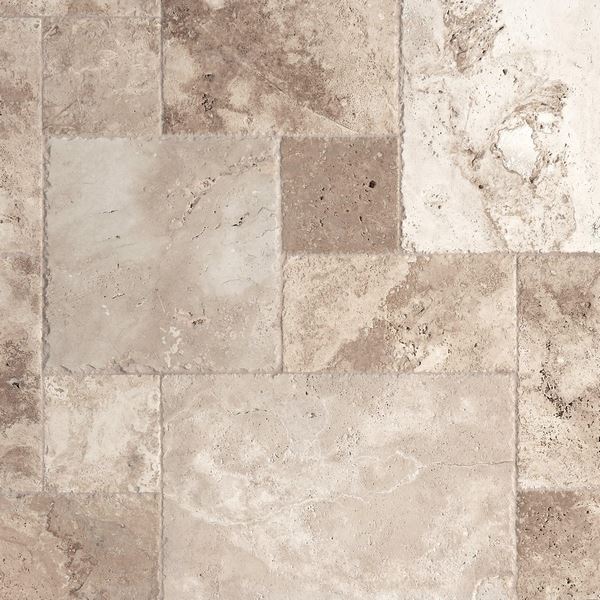Introduction to Travertine Flooring
Travertine has been a popular choice for flooring for centuries, admired for its natural beauty and durability. As someone who has personally installed travertine in my home, I can attest to its timeless appeal and versatility. This article will delve into the various aspects of travertine flooring, including its benefits, installation process, decor ideas, and essential maintenance tips.
What is Travertine?
Travertine is a naturally occurring stone formed by the precipitation of calcium carbonate, often found in mineral springs. Its unique texture and earth-toned colors—ranging from creams to rich browns—make it an attractive option for interior and exterior flooring.
Benefits of Travertine Flooring
Durability and Longevity
One of the standout features of travertine is its durability. With proper care, travertine floors can last for decades, making them a wise investment for any homeowner.
Natural Beauty
The aesthetic appeal of travertine cannot be overstated. Each tile has a unique pattern, adding character and a touch of elegance to any room.
Versatility
Travertine works beautifully in various settings, from classic to contemporary. Whether you’re designing a rustic kitchen or a sleek modern bathroom, travertine can seamlessly fit your decor style.
Eco-Friendly Choice
As a natural stone, travertine is an environmentally friendly option compared to synthetic flooring materials. Choosing travertine means you’re making a more sustainable choice for your home.
Cool to the Touch
Travertine’s natural ability to remain cool underfoot makes it an excellent choice for warm climates or for those who prefer cooler surfaces in their home.
Types of Travertine Tile
When considering travertine for your flooring, you’ll encounter several types, each offering distinct characteristics.
Honed Finish
A honed finish has a smooth, matte surface, ideal for indoor spaces where slip resistance is a priority.
Polished Finish
Polished travertine offers a glossy appearance, making it perfect for areas where aesthetics is the primary concern, such as formal dining rooms or entryways.
Filled and Unfilled
Filled travertine tiles have their natural holes filled with resin or cement, providing a smooth surface. Unfilled tiles maintain their natural look but may require more maintenance.
Installing Travertine Floors
Installing travertine flooring can be a DIY project for some, but it requires careful planning and execution. Here’s a step-by-step guide based on my own experience.
Preparation
- Choose the Right Tile: Consider color and finish based on your home’s decor.
- Measure the Space: Calculate the amount of tile needed, including a few extra for waste.
- Prepare the Subfloor: Ensure the subfloor is clean, dry, and level.
Installation Process
- Lay Out the Tiles: Start in the center and work your way out to create a balanced look.
- Apply Adhesive: Use a thin-set mortar to adhere each tile, ensuring even coverage.
- Tile Spacing: Use spacers for consistent grout lines.
- Grouting: After the tiles set, apply grout to fill the joints.
- Sealing: Seal your new travertine floor to protect it from stains and moisture.
Decorating with Travertine
Complementing Your Space
Travertine can be integrated into any design scheme. Here are some ideas:
Kitchen
Pair travertine floors with wood cabinets and a classic marble countertop for a warm, inviting kitchen.
Bathroom
Use travertine tiles on the floor and shower walls for a spa-like retreat.
Outside Spaces
Travertine patios are perfect for outdoor entertaining, providing a natural element to your landscaping.
Color Schemes to Consider
| Color Scheme | Suggestions |
|---|---|
| Neutral Tones | Combine with whites and creams for a calm aesthetic. |
| Earthy Colors | Pair with greens and browns for a natural look. |
| Bold Accents | Incorporate pops of color through decor or art pieces. |

Maintaining Travertine Floors
Like any flooring, travertine requires regular maintenance to keep it looking its best. Here are some tips I’ve learned along the way.
Cleaning Routine
Regular sweeping and mopping with a pH-neutral cleaner will help maintain your travertine. Avoid acidic cleaners that can damage the stone.
Sealing Your Travertine
It’s crucial to periodically seal your travertine flooring to protect it from stains and moisture. Depending on the type of sealant, you may need to reapply every 1-3 years.
Addressing Damage
If you notice chips or scratches, consider using a repair kit specifically designed for travertine. Always follow the manufacturer’s instructions for the best results.
Pros and Cons of Travertine Flooring
| Pros | Cons |
|---|---|
| Durable and long-lasting | Can be porous and require sealing |
| Beautiful natural patterns | May need special cleaning products |
| Cool surface in warm climates | Heavier than other flooring options |

FAQs About Travertine Flooring
Is travertine flooring suitable for high-traffic areas?
Yes, with proper care and sealing, travertine can withstand foot traffic and is suitable for high-traffic areas.
Can I install travertine over existing flooring?
In many cases, travertine can be installed over existing flooring as long as the surface is level and can support the weight.
How do I remove stains from travertine?
For water stains, mild soap and water often do the trick. For tougher stains, consider a poultice specifically designed for stone cleaning.
Is travertine slippery when wet?
Travertine can be slippery when wet, especially polished varieties. It’s advisable to choose honed finishes for areas prone to moisture.